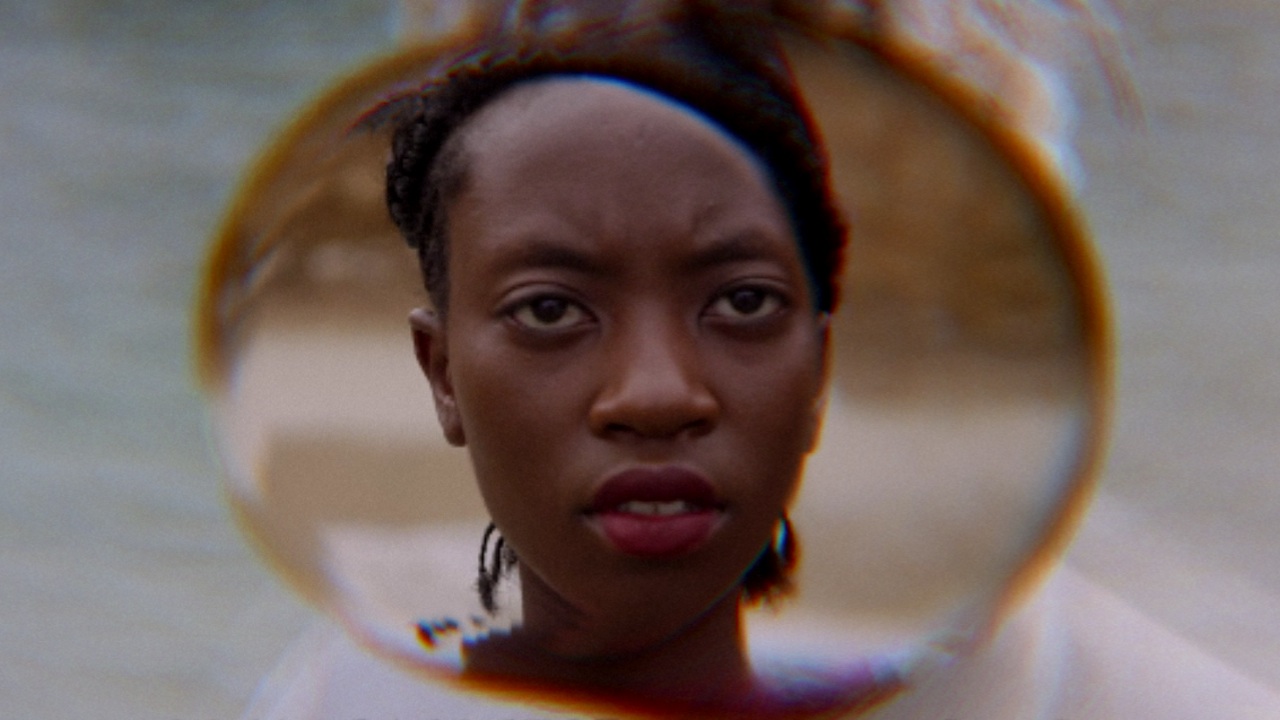When I called up the director Vincent Morisset Tuesday morning, he was in recovery. “Reflektor,” his ambitious new interactive video for Arcade Fire, had debuted the day before as the first official taste of their new album of the same name, and the band had celebrated by playing a small show in their native Montreal. It was “festive,” he said.
The last time Morisset and I spoke, it was about his jaw-dropping video for “Sprawl II” from Arcade Fire’s last album, which had characters dancing along with the viewer’s own movements in front of their webcam. Now, for the similarly gorgeous “Reflektor,” he’s added another element to the mix, employing visual effects that morph and distort depending on the way you’re holding your smartphone. If you haven’t watched it yet, head here and do so now.
We chatted about the technology behind the “Reflektor” video, the partnership with Google Creative Labs that helped make it happen, filming in Jacmel, Haiti, and Morisset’s longstanding creative partnership with the Arcade Fire.
Could you describe what’s going on in the video?
It’s a virtual projection that syncs your mobile device and computer. With the computer’s webcam and data from the phone’s gyroscope and accelerometer, we’re able to locate the phone and use it to interact with the film when you move the phone around in space. So if you move closer or further to your webcam, if you tilt the phone or move it around, it will have an impact on the film. And the interaction is also part of the message, in a way. The mobile device becomes a magical thing that is intervening in your own world–the space you are in–and the world of the protagonist of the video, trapped in the computer.

Is there any tension between maintaining a strong narrative or concept and these interactive effects?
The challenge is to balance the momentum, to have a strong narrative and at the same time take the interactivity into consideration and keep the person engaged. The two nourish each other, so it’s not about having one overcasting each other. If you start just playing with effects, it can quickly become like playing with Photoshop, so I try to have the effects go hand-in-hand with the story to make something that feels organic, physical, analog.
How did the actual filming go?
With each thing I work on, I try to push the boundaries of interactive filmmaking. In an interactive project, you often need to be in a controlled environment while filming. So for “Reflektor,” I thought it could be interesting to take advantage of both worlds: shoot in a studio, with green-screen and really precise projections and lighting, but also create something that feels alive and free.
We decided to shoot in another country, going with the idea of bridging your own world and another one. Haiti was a natural decision because the band has always been inspired by that country, so we decided to go to Jacmel, and we knew right away that it would be this kind of Gonzo, documentary way of shooting. We wouldn’t be able to stop people in the street and say, “we want to redo this shot; it’s not working.” During the shooting, I was all about being there in the moment and creating special images, like we would do on any traditional shoot.
It’s a stunning, stunning place.

So the people in the video–were they just citizens of the city?
The protagonist in the film, she’s from Montreal. She’s a dancer, and she was the choreographer too. But every other actor and participant was from Jacmel. We cast there and had the help of the local film school. And the parade there was a total coincidence. In fact it was five days while we were there, so there are these moments where stuff happens and it would just kind of jump out and it snaps into the project.
How closely did you work with the band this time around?
I was communicating with Aaron Koblin from the Google Creative Lab last fall, before even considering collaborating with Arcade Fire. We were excited about this idea of creating something by connecting the computer and mobile device. But by this strange synchronicity, the band was recording “Reflektor,” and it was like, “Oh, wow. This is a perfect fit.” The interaction between the phone and the computer echoes the theme of that song in a perfect way.

What’s it feel like having six degrees of separation with David Bowie after working on this?
It’s amazing. The first time I heard his voice, I couldn’t recognize it as him, but there was something about it. It comes in at a time in the video where the protagonist is running in the street, liberated from the Reflektor, and it gives another whole aura to that moment. It’s pretty cool.



